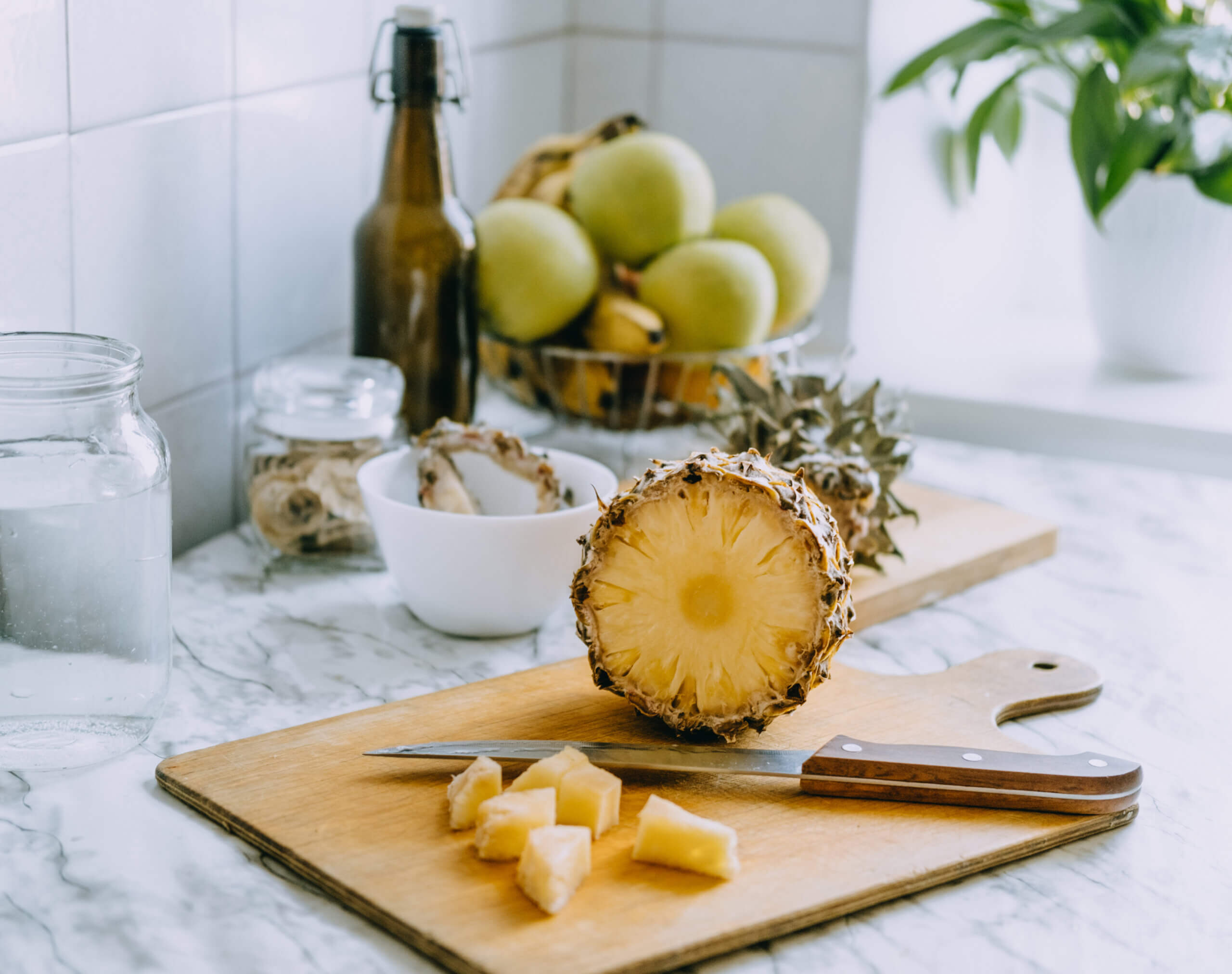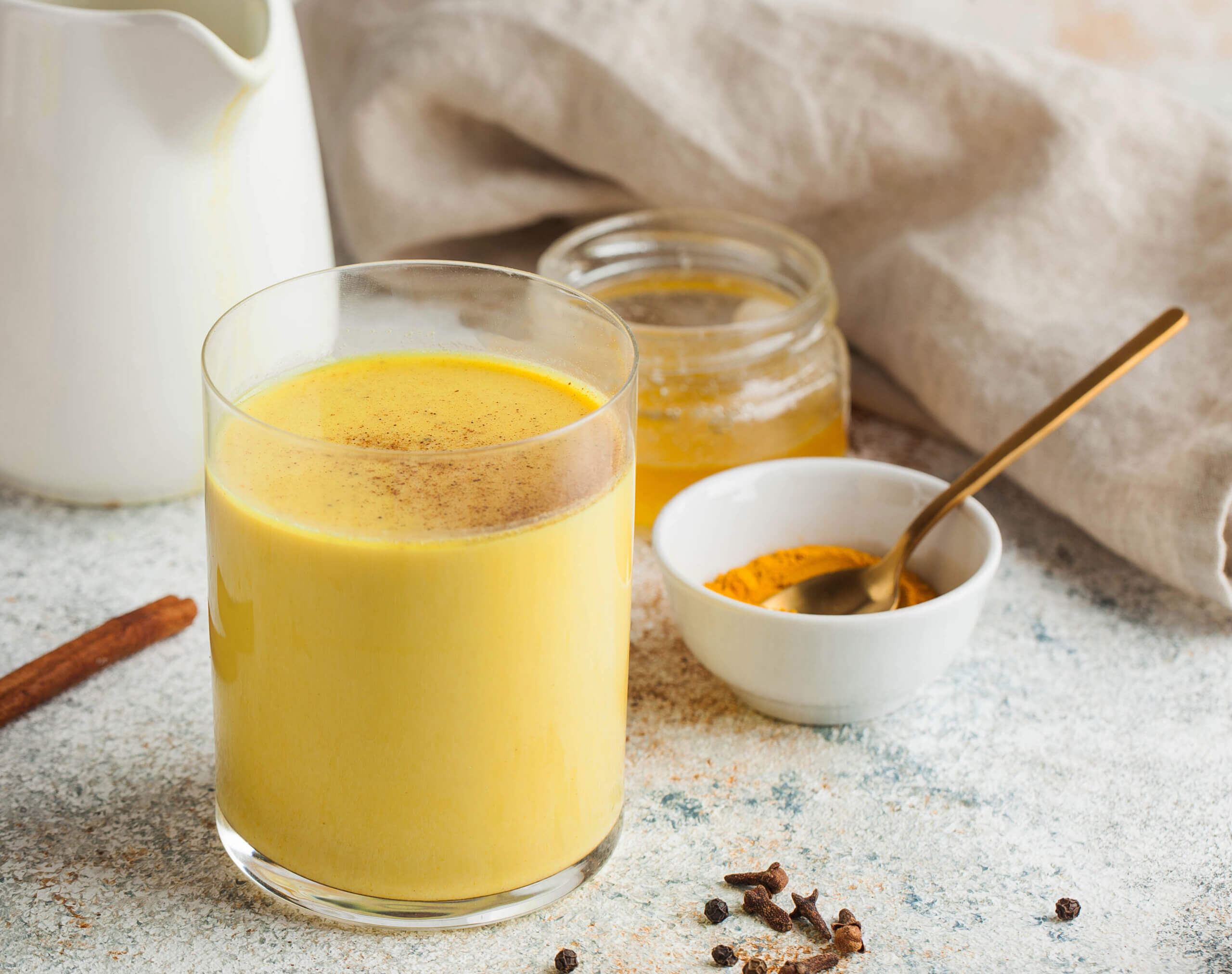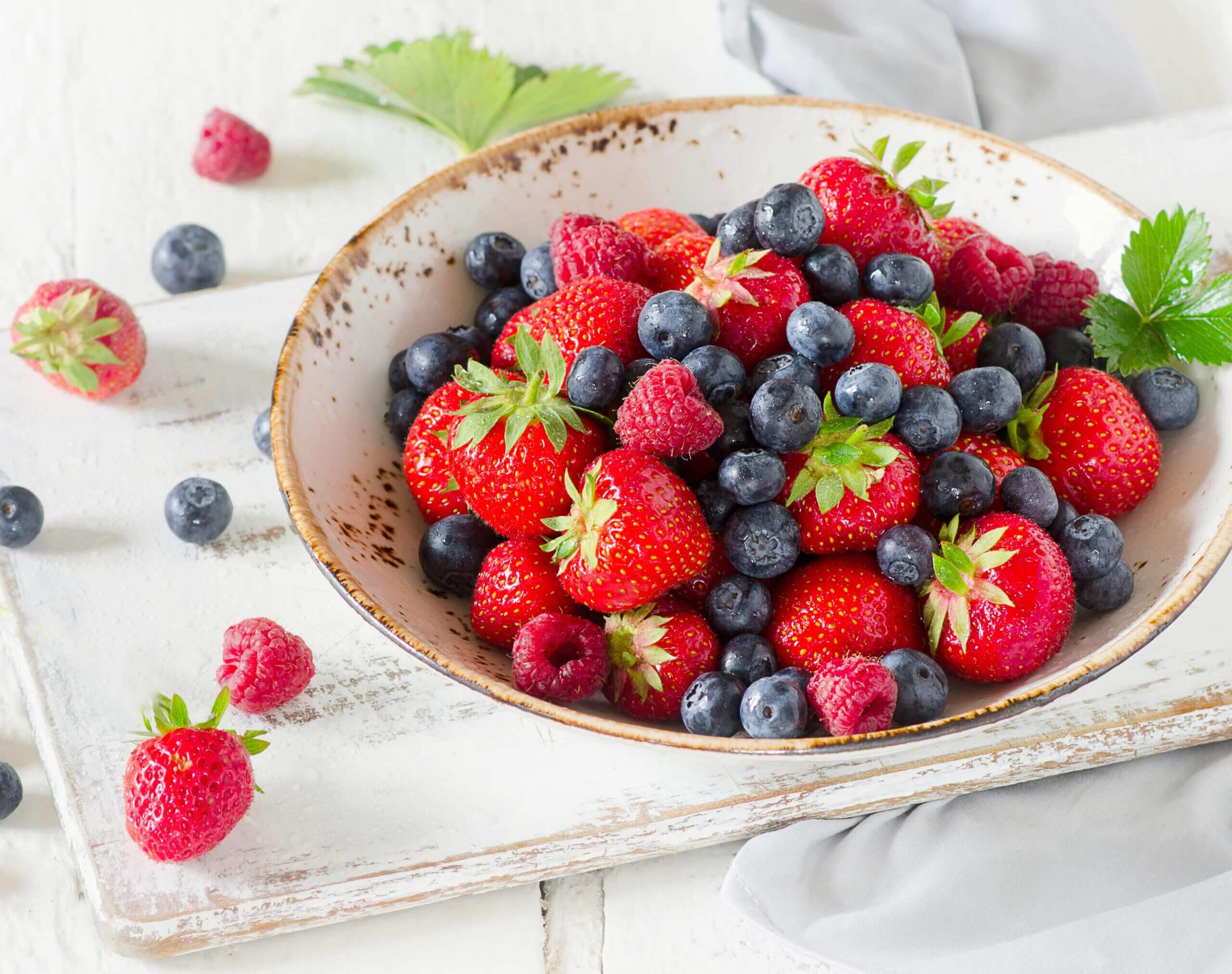Pineapple is more than just a tropical fruit that makes us think of sunny beaches and exotic cocktails – it’s also a treasure chest of nutrients and health-supporting properties. With its bright yellow flesh, intense aroma and sweet-sour flavour, it has claimed its place among the most loved fruits. Whether in a smoothie, as an ingredient in savoury dishes or simply sliced fresh as a snack – pineapple is wonderfully versatile and enjoyed by young and old alike.
Origin
The story of pineapple begins in the tropical regions of South America, in what is now Brazil and Paraguay. Indigenous peoples cultivated the fruit there over 500 years ago. Christopher Columbus first encountered pineapple during his travels and brought it to Europe, where it quickly became a symbol of prosperity and luxury. Today, pineapple is grown all over the world, with major production areas in Costa Rica, the Philippines, Thailand and India.
Where does pineapple grow?
Unlike many other fruits, pineapple grows neither on a tree nor on a shrub. Instead, it grows on a herbaceous plant belonging to the bromeliad family (Bromeliaceae). The plant reaches around 1 to 1.5 metres in height and forms a rosette of long, pointed leaves. From the centre grows the flower stalk, on which the fruit develops. The pineapple itself is what botanists call a composite fruit – formed by many small individual fruits that fuse around the stalk to create one large, distinctive fruit.
The pineapple plant requires warm, tropical conditions, plenty of sunlight and well-drained soil in order to thrive. It flourishes best in regions with stable climates and minimal temperature fluctuations.
Nutrients and benefits
Pineapple isn’t only delicious – it is also rich in valuable vitamins, minerals and enzymes, each offering its own benefits:
- Vitamin C: A powerful antioxidant that supports the immune system and helps protect the skin from free radicals.
- Manganese: Important for bone health and supports energy metabolism.
- Fibre: Helps maintain healthy digestion and contributes to gut wellbeing.
“
The path to health leads through the kitchen, not the pharmacy.
Sebastian Kneipp
Bromelain: the remarkable enzyme in pineapple
One of the most fascinating components of pineapple is the enzyme bromelain, which accounts for many of its health benefits. Bromelain is actually a mixture of protein-splitting enzymes – bromelain, ananase and extranase – found in the fruit’s flesh and especially in its stem.
Bromelain is known for breaking down proteins, making it particularly valuable for protein digestion. It is also recognised for its anti-inflammatory, digestive and healing properties. In both naturopathy and conventional medicine, concentrated bromelain is used to support a range of health concerns, from inflammation and digestive disorders to wound healing. [1]
How bromelain works in the body?
Bromelain has a variety of effects on the body:
- Anti-inflammatory: Acts as a natural anti-inflammatory and is often used to reduce swelling and pain, especially after injuries or surgery. It can help to reduce inflammation in the tissue and accelerate healing. [2]
- Digestive support: Thanks to its ability to break down proteins, bromelain supports digestion and helps to relieve bloating and a feeling of fullness. It can also be helpful in the treatment of digestive disorders such as irritable bowel syndrome. [3, 4] People with pancreatic insufficiency, where the pancreas does not produce enough digestive enzymes, may also benefit. [5]
- Immunomodulating: Bromelain can support the immune system by modulating the activity of certain immune cells and reducing the production of pro-inflammatory substances in the body. [2]
- Relaxes the muscles: Bromelain can help repair muscle damage caused by overexertion and reduce inflammation in the surrounding tissue. [6] It also inhibits local muscle spasms, such as menstrual cramps, by blocking the synthesis of certain tissue hormones. [1]
- Wound healing: Thanks to its anti-inflammatory action and its ability to clear damaged tissue, bromelain can also support wound and burn healing. [7]

Buying pineapple
Freshness is key when it comes to getting the full benefits of pineapple. Canned pineapple may be convenient and longer-lasting, but it loses some of its valuable nutrients during processing.
Fresh vs. canned pineapple
- Vitamin loss: Canned pineapple loses a significant proportion of its valuable vitamins, especially vitamin C. Vitamin C is extremely sensitive to heat and light, and the preservation process, which involves heating the fruit, leads to a marked reduction of this essential vitamin. Studies show that up to 60% of the vitamin C content can be lost when pineapple is canned.
- Bromelain degradation: The enzyme bromelain is highly sensitive to heat. During the preservation process, which involves heating the fruit, much of the bromelain is destroyed. As a result, canned pineapple loses much of its anti-inflammatory and digestive benefits. In fresh pineapple, however, bromelain is preserved in its natural form and can fully deliver its health-promoting effects.
To gain the full benefits of pineapple – particularly its bromelain – always choose fresh fruit whenever possible.
Preparing pineapple
Preparing a pineapple can seem a little daunting at first, but with a few easy steps it becomes simple:
- Cut off the top and bottom: Cut off the top and bottom – about 1 cm each.
- Remove the skin: Stand the fruit upright and slice off the skin from top to bottom.
- Remove the eyes: Remove the “eyes” (the small brown spots) with a sharp knife in a V-shape.
- Cutting: Slice into rings, wedges or cubes – ready to enjoy.


Note
As healthy and delicious as pineapple is, there are a couple of things to keep in mind:
- Acidity: The fruit’s natural acids may cause mouth irritation or heartburn in sensitive individuals. It is therefore best enjoyed in moderation.
- Allergy risk: Some people are allergic to bromelain, which can cause skin rashes, itching or digestive discomfort. At the first sign of a reaction, stop eating pineapple and seek medical advice. [1]
Did you know?
In many cultures, pineapple is regarded as a symbol of hospitality and warmth. In earlier times, the fruit was so rare and precious that serving it was a display of wealth and generosity. Even today, pineapple motifs are often found on doormats or home décor as a way to welcome guests.

Recipe idea: Pineapple and avocado salad
This refreshing, healthy salad is perfect for hot summer days – and fits beautifully into a plant-based lifestyle.
Ingredients:
- 1 ripe pineapple, cut into cubes
- 2 avocados, sliced
- 1 red onion, finely chopped
- 1 handful of fresh coriander, chopped
- Juice of 2 limes
- 1 tbsp olive oil
- Salt and pepper to taste
Preparation:
- In a large bowl, combine the pineapple, avocado and onion.
- Drizzle over the lime juice and olive oil and toss gently so the avocado does not get crushed.
- Season with salt, pepper and coriander.
- Leave for 10 minutes to allow the flavours to blend.
Ready to bring the tropical power of pineapple into your kitchen? Try this superfruit today and discover the many ways it can enrich your daily diet. Share your favourite recipes and tips in the comments – and if you’d like more inspiration for healthy, plant-based living, subscribe to my newsletter and stay up to date.
Disclaimer: This text is not a substitute for professional medical advice, diagnosis or treatment. It must not be used as a basis for self-diagnosis or for starting, changing or discontinuing medical treatment. Always consult a qualified healthcare professional if you have any health concerns or symptoms. Greentrinsic accepts no liability for any discomfort or harm arising from the use of the information provided.
Sources:
1. Oberbeil, K; Lentz, Ch. (2008): Fruit & vegetables as medicine: Healthy with vital substances from nature. Südwest Verlag.
2. Rathnavelu, V.; et al. (2016): Potential role of bromelain in clinical and therapeutic applications. Biomed Reports, (https://www.ncbi.nlm.nih.gov/pmc/articles/PMC4998156/)
3. Pavan, R.; et al. (2012): Properties and therapeutic application of bromelain: a review. Biotechnology Research International, (https://pubmed.ncbi.nlm.nih.gov/27602208/)
4. Wagner, J. (2020). 8 reasons: Why pineapple is healthy. Eat Smarter, (https://eatsmarter.de/ernaehrung/wie-gesund-ist/ananas-kalorien-und-naehrwerte)
5. Knill-Jones, R.P; et al (1970): Comparative Trial of Nutrizym in Chronic Pancreatic Insufficiency. British Medical Journal, (https://www.ncbi.nlm.nih.gov/pmc/articles/PMC1820532/)
6. Buford, T.; et al. (2009): Protease supplementation improves muscle function after eccentric exercise. Med Sci Sports Exerc, (https://pubmed.ncbi.nlm.nih.gov/19727022/)
7. Ärzte Zeitung (2016): Burns: Bromelain supports healing, (https://www.aerztezeitung.de/Medizin/Bromelain-unterstuetzt-Heilung-293637.html)



